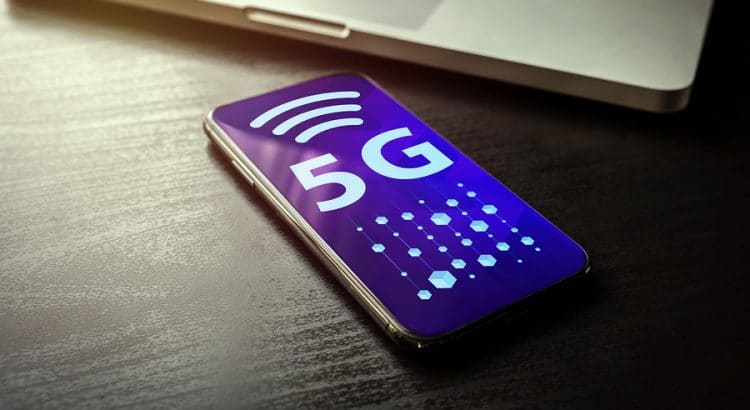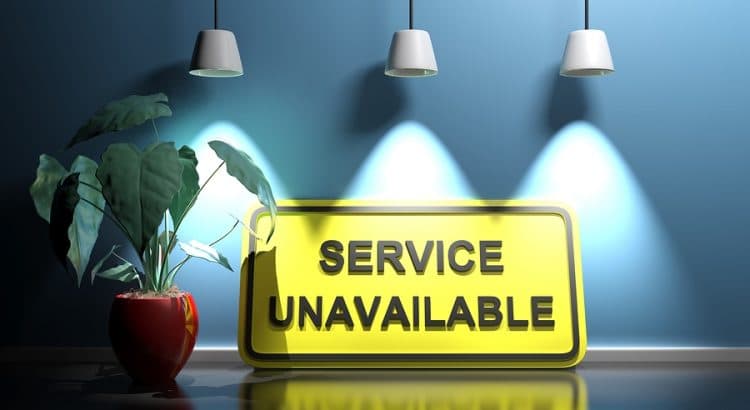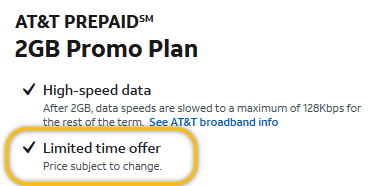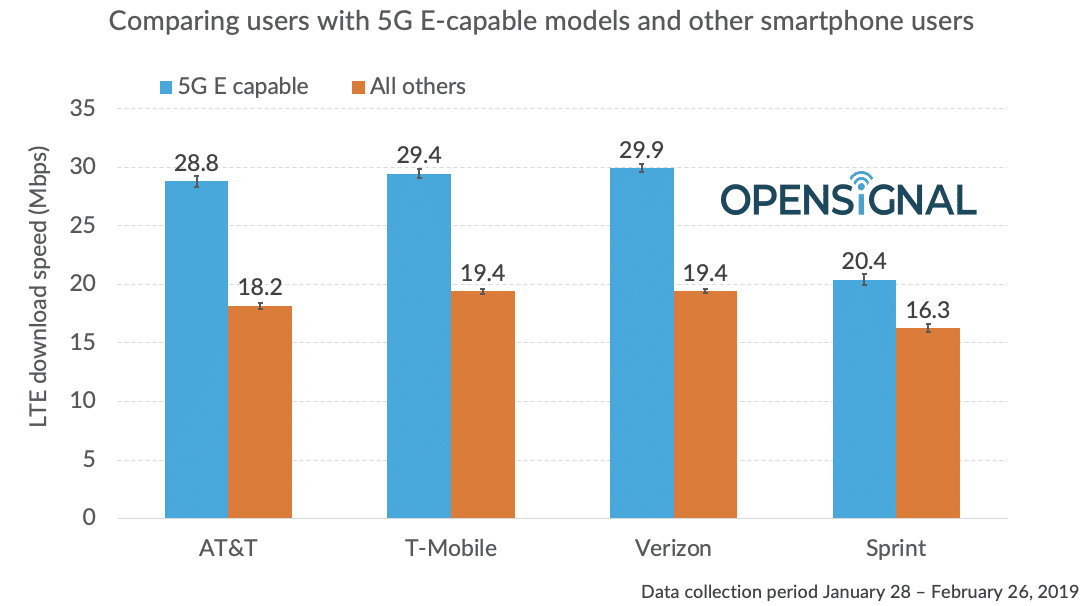AT&T tweaked its prepaid plans a little while back. I think some of the current offerings are awfully good for people who want a balance between cost and performance.
AT&T’s prepaid plan with unlimited minutes, unlimited texts, and 8GB of data is a particularly good option. This plan has enough data for most people, and as best as I can tell comes with the same level of priority during network congestion as most of AT&T’s postpaid plans. The plan has a base price of $50 per month, but there are several ways it can be purchased at a significant discount.
- $40 per month on a month-to-month plan with automatic payments enabled
- $33 per month with three months paid upfront
- $25 per month with 12 months paid upfront
The plan is a solid competitor to Mint Mobile’s popular 8GB plan. Mint’s plan is priced a bit differently. New customers or those purchasing a year of service upfront can get Mint’s plan for as low as $20 per month.1 While Mint’s plan can be a bit cheaper, the carrier runs over T-Mobile’s network, which has a smaller coverage profile than AT&T. Mint subscribers will also have low priority data access, which could lead to slow speeds during periods of network congestion.
AT&T is also offering a pretty great deal on one of its prepaid unlimited plans. With automatic payments enabled, AT&T’s Unlimited Data Plus plan is only $50 per month. Unlike a lot of prepaid unlimited plans, subscribers on this plan will have high-priority data for the first 22GB of data use each month.










